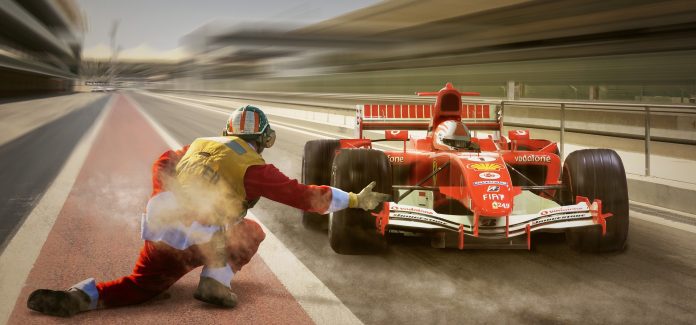You slip inside your car, start the engine, adjust your mirrors, and you’re off. You probably never stopped to think that each of those steps you follow routinely without much thought was inspired by racing car designs. Why not?
Race car drivers are literally putting their lives in the trust of engineering. If their car is well engineered, the chance of surviving an accident, or hopefully avoiding one all together, are so much more in your favor when you tap into the science behind racing to use it for everyday car buyers.
Let’s take a look at what racing has influenced in terms of your car’s design.
One part of the car that helps a great deal in driving is the rear-view mirror. You may not realize it, but the entire concept of the rear-view mirror came about from racing as early as the 1900s.
Race car drivers quickly realized it was a useful piece of equipment in their ability to see their competition coming up on them during a race.
Another part of the car you may take for granted are the brakes. As early as the 1950s, race car drivers discovered the benefits of disc brakes. They realized they cooled faster and could vent. They soon began to show up on everyday vehicles, and today are on almost every car you can buy.
Of course, safety is one of the most rewarding aspects in car design that manufacturers have pulled from racing technology.
While, the cages that protect the race car driver are visible and obvious to any onlooker, the car you drive probably has a similar style of engineering underneath the roof line and floorboards to keep you safe.
Some design aspects are more noticeable than others. The first head-turning aspect of an automobile is its outside design. While, car manufacturers want to make an attractive vehicle that you want to buy, there is more on their minds than aesthetics alone.
A lot of the engineering to make a race car perform at top aerodynamic fashion is the body of the car itself. Car makers have discovered that not only does making a sleek, attractive car that looks fast just sitting in the show room sells cars, but these same qualities also make the car more fuel efficient as well.
Turns out, car races have more than just a fun factor going for them, after all.









